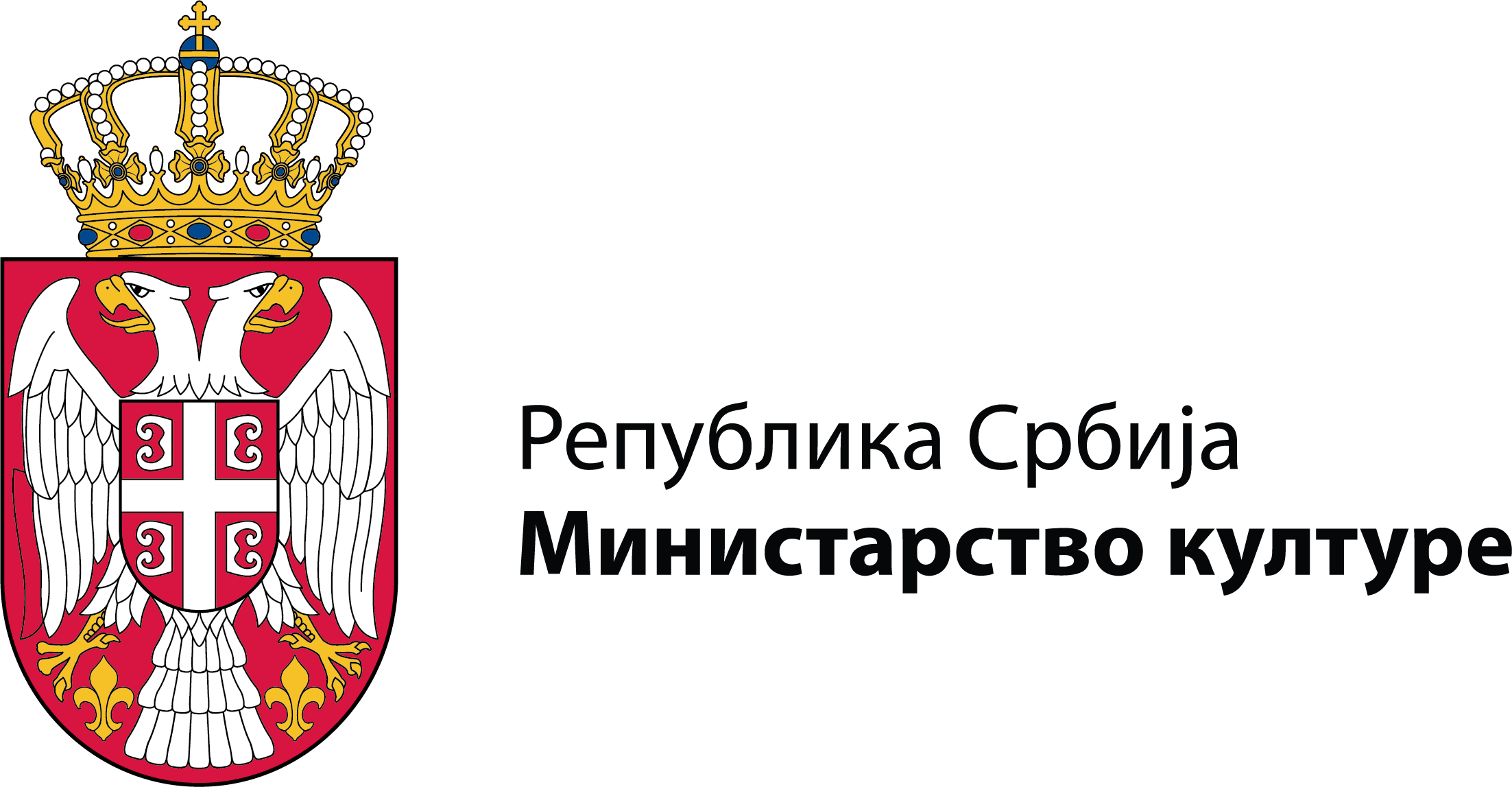National costumes from Montenegro are characterized by duality in clothing.
Alongside the traditional broadcloth garments in rural areas, from the mid-19th century onwards, under the strong influence of the lavish attire of local chieftains, clothing made of baize – čoha (fine woolen cloth) – began to play an increasingly significant role. The men's costume consisted of rich garments made of the highest quality dark blue, red or light green cloth. Red caps were made for the head, lined on the outside with black silk with gold decoration, often in the form of a cross with four glasses (Serbian national symbol). The mentioned ornaments were introduced during the time of the bishop and head of Montenegro, Petar II Petrović Njegoš (1813–1851).
The women's attire consisted of a black veil and a blouse made of fine silk fabric, worn beneath a long silk skirt. Over the blouse, a short dolaktica with small sleeves was worn, along with jaketa (an upper garment) featuring long sleeves. Another part of the ensemble was a light green koret made of baize – an open, long, sleeveless vest.
The costume was enriched by a silver belt - ćemer, composed of several silver plates decorated with semi-precious stones.
The collection includes 420 items.
The curator in charge of the collection is Jelena Tucaković, curator: jelena.tucakovic@etnografskimuzej.rs
The women's attire consisted of a black veil and a blouse made of fine silk fabric, worn beneath a long silk skirt. Over the blouse, a short dolaktica with small sleeves was worn, along with jaketa (an upper garment) featuring long sleeves. Another part of the ensemble was a light green koret made of baize – an open, long, sleeveless vest.
The costume was enriched by a silver belt - ćemer, composed of several silver plates decorated with semi-precious stones.
The collection includes 420 items.
The curator in charge of the collection is Jelena Tucaković, curator: jelena.tucakovic@etnografskimuzej.rs

